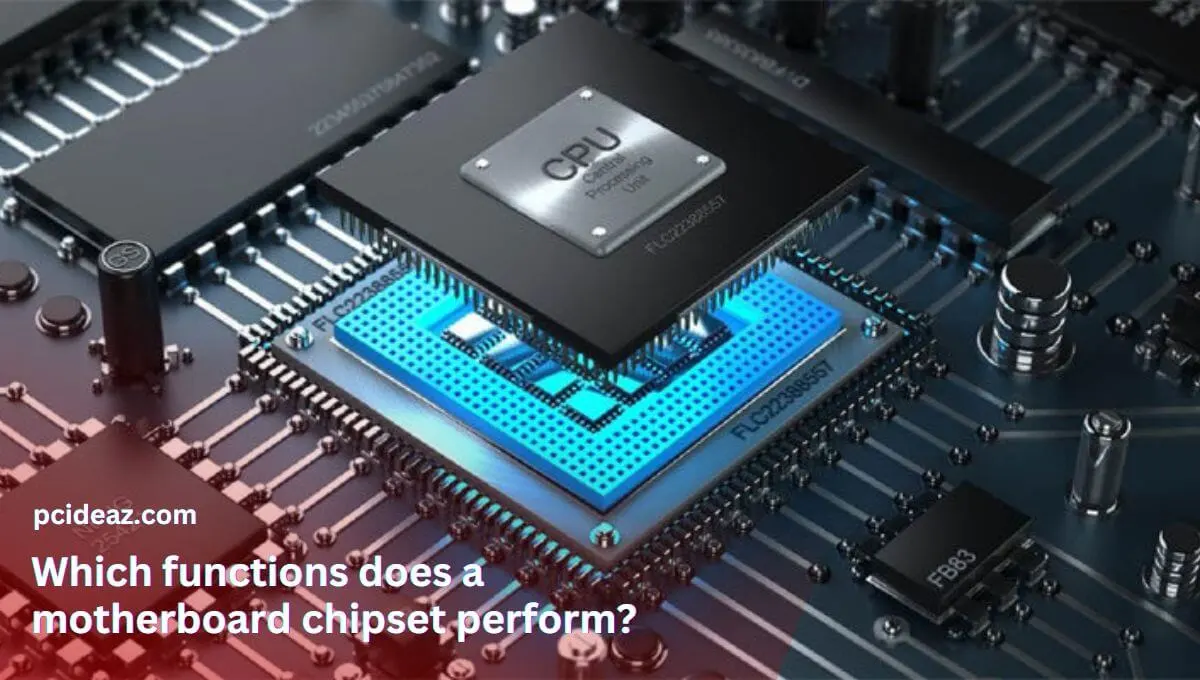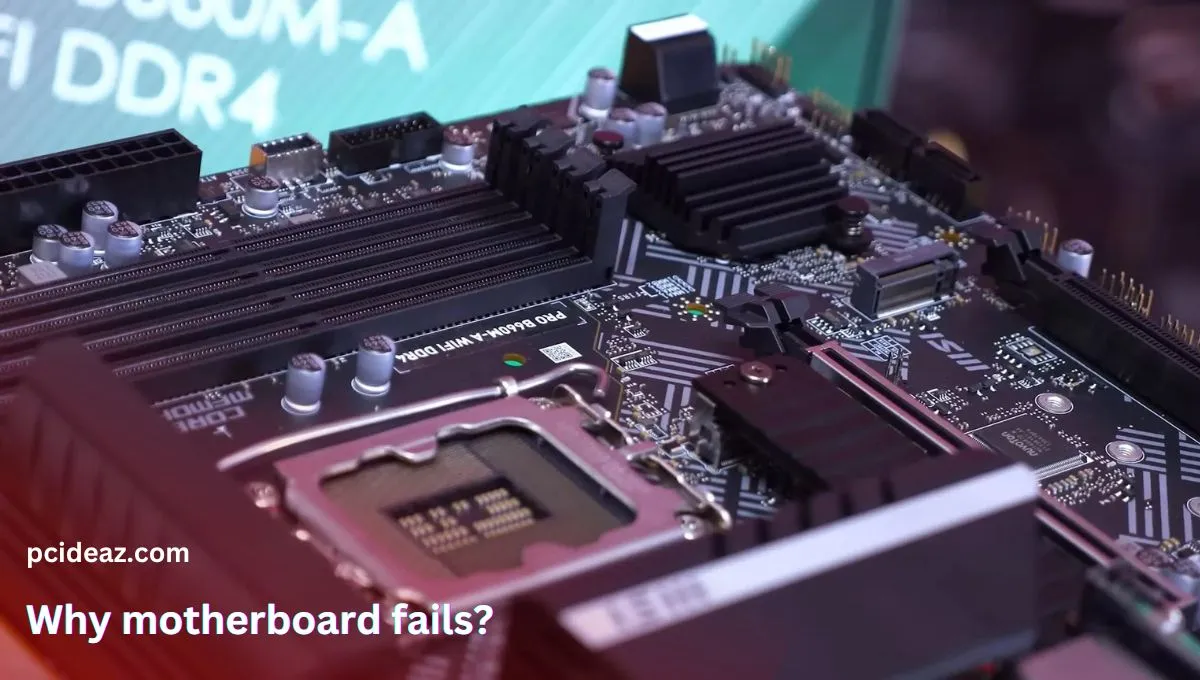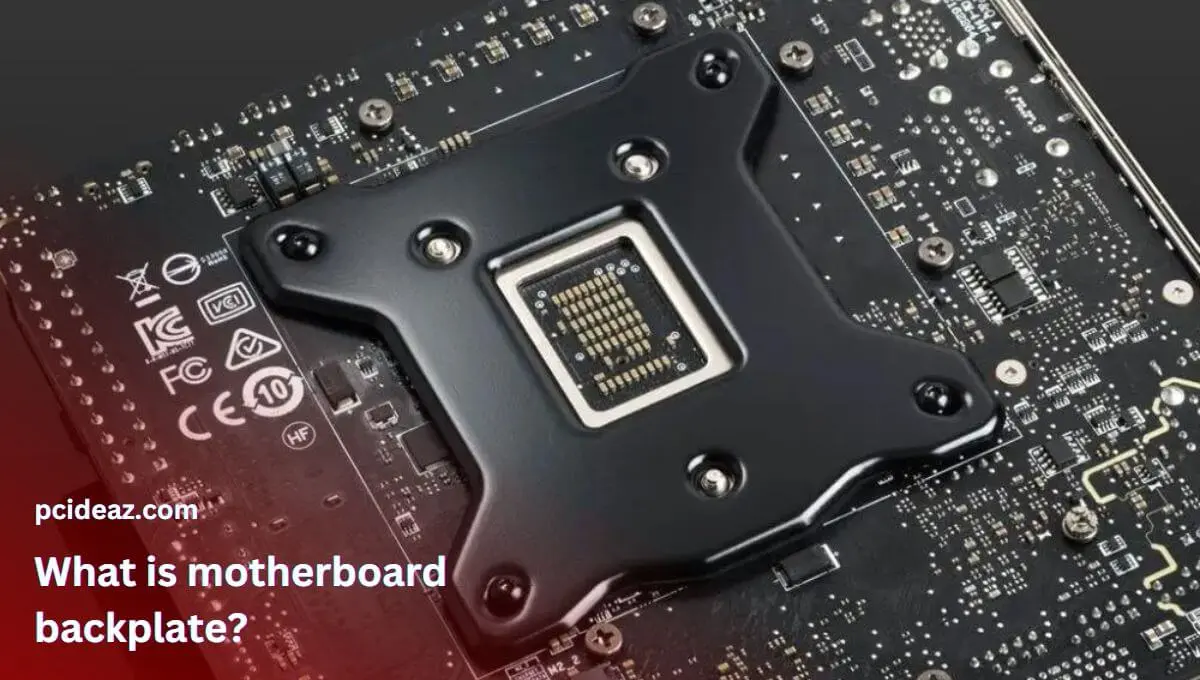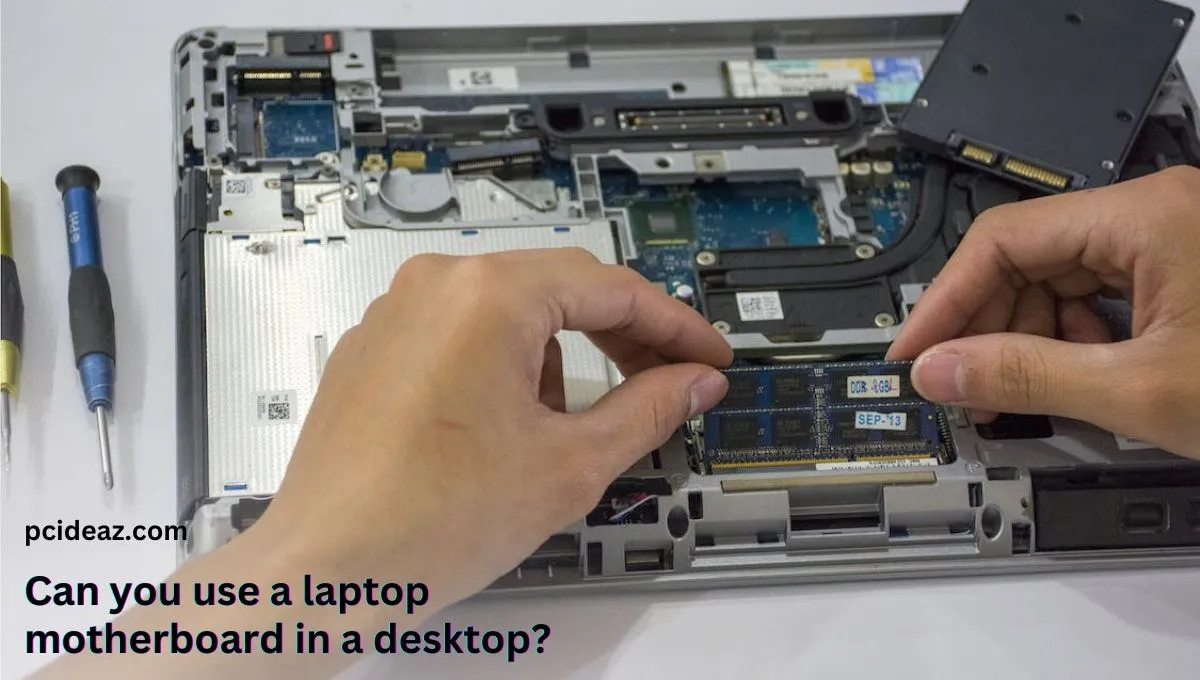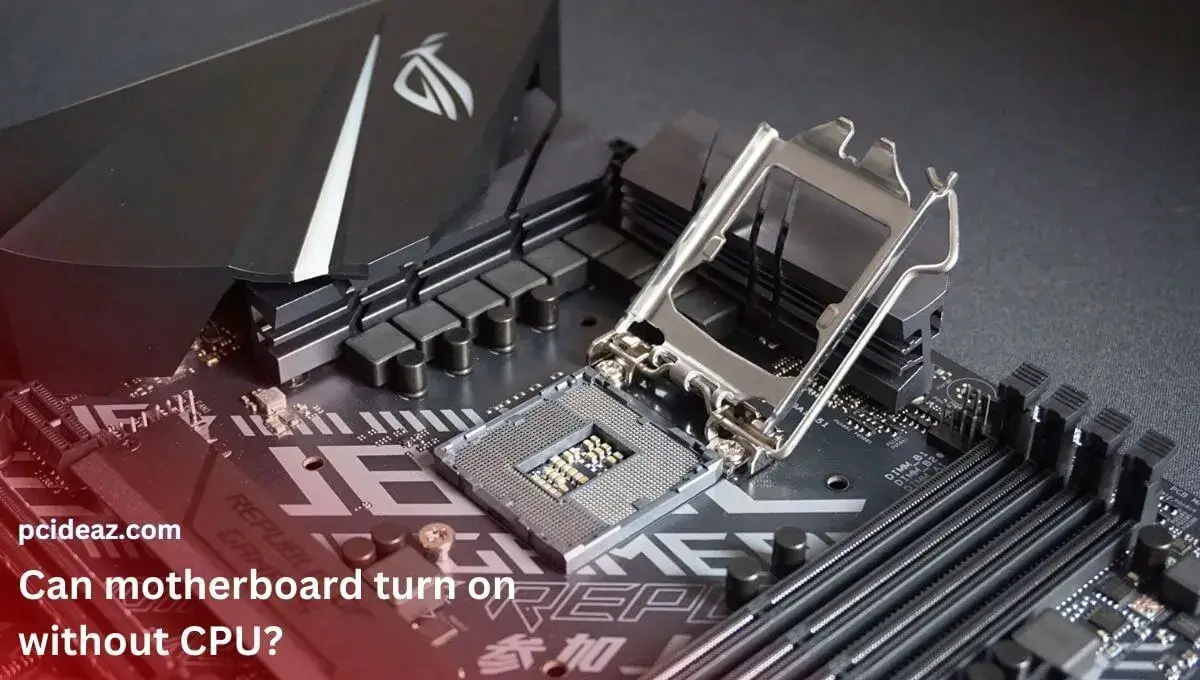The motherboard chipset is the backbone of any computer system. It bridges the processor and other components, enabling them to communicate. It is responsible for controlling input and output and the speed and power of the processor and other components. In this blog post, we will discuss the different functions of a motherboard chipset and how they work together to create a functioning system.
Key Takeaways
- A motherboard chipset is a group of electronic components that manage the data flow between the various computer components, such as the CPU, memory, and peripherals.
- The chipset typically includes a northbridge and a southbridge, responsible for controlling different system functions, such as memory access, expansion slots, and USB ports.
- The chipset plays a critical role in determining the performance and capabilities of a motherboard.
History of the motherboard chipset
The chipset, an essential component of a computer’s motherboard, has been around since the early days of personal computing. The chipset was developed in the late 1970s and early 1980s to communicate with different computer components. At the time, chipsets were made up of individual chips and typically had limited functionality.
In the 1990s, this changed as integrated circuit technology became more advanced. This allowed the production of much more complex chipsets that could take on more processing power than their predecessors. In addition, these new chipsets could also support newer technologies such as USB, allowing faster data transfer and greater compatibility with different devices.
Modern chipsets often consist of multiple chips arranged in a specific order to provide various features and capabilities. The most advanced chipsets can integrate many different components onto one chip, enabling faster performance and more powerful features. In addition, the latest generation of chipsets can also support newer technologies like PCI Express and NVMe, allowing even faster data transfer speeds.
Which functions does a motherboard chipset perform?
The motherboard chipset is a crucial part of any computer, providing communication pathways between its components. Without it, none of the other parts of your system would be able to communicate or interact with each other. It connects the processor, memory, storage, peripherals, etc., together. Therefore, investing in a quality motherboard chipset that can provide reliable performance over the long term is essential.
The primary functions of a motherboard chipset include the following:
Hosting the processor
The chipset is the bridge between the CPU and the rest of the computer’s components. It manages data traffic between the CPU and other components, such as memory and storage.
Handling memory
The chipset manages access to system memory and ensures that data is transferred efficiently between the CPU and RAM.
Connecting peripherals
The chipset handles communication between the processor and external devices, such as keyboards, mice, printers, and other peripherals.
Providing power
The chipset helps manage motherboard’s power delivery to all of the components, ensuring that they receive enough power to operate correctly.
Data storage
The chipset controls data transfer to and from storage devices, such as hard drives and solid-state drives.
Audio/video:
The chipset can also handle audio/video playback, allowing you to play back multimedia files.
Parts of motherboard chipset
The types of motherboard chipset are as follow:
-
North Bridge: The North Bridge connects the CPU, main memory, and graphics processor. It also coordinates data flow between the various components on the motherboard.
-
South Bridge: The South Bridge handles communication between the peripherals such as hard drives, USB ports, sound cards, and other external devices.
-
Integrated Chipset: An integrated chipset combines the North Bridge and South Bridge into one chip. This type of chipset is used in budget motherboards and laptops.
-
BIOS Chip: The BIOS chip is a small chip located on the motherboard which stores system information. It is responsible for initializing the hardware components and managing system operations.
-
Networking Chipset: A networking chipset handles communication between the computer and other networked devices. This includes Wi-Fi, Ethernet, and Bluetooth.
-
Graphics Chipset: A graphics chipset is responsible for handling video output. It is usually integrated with the North Bridge but can also be a separate chip.
-
Power Management Chipset: A power management chipset manages the power requirements of the various components on the motherboard. This helps to ensure that the system is running efficiently and that components are not overburdened by excessive power consumption.
-
Chipset Hubs: Chipset hubs link the North and South Bridges. This allows data to be transferred between the two components at high speeds.
Benefits of a chipset
A chipset is an essential component of any modern computer system and provides a variety of advantages.
-
The main benefit of a chipset is that it allows for greater performance and compatibility between the various components of a computer system, such as the CPU, RAM, hard drive, and other peripherals.
-
A good chipset also helps manage heat dissipation, meaning the temperature of your computer system can remain stable even under heavy loads.
-
Another benefit of a chipset is its ability to manage power efficiently. By providing intelligent power management, the chipset can help save energy by ensuring that only the necessary components are running. This not only helps reduce overall electricity costs but also extends the life of the computer system.
-
The chipset provides enhanced security features, such as improved encryption and authentication methods.
-
It can also enable greater data throughput speeds by providing better connectivity options and improving communication between the different components of the computer system.
Overall, a chipset helps to maximize the performance of a computer system while ensuring greater compatibility, improved security, and better energy efficiency. With the right chipset, your computer system can operate reliably and smoothly for years.
Conclusion
A motherboard chipset is a critical component of any computer, as it connects the processor, memory, storage, and other peripherals. It is also responsible for managing data flow between the components and ensuring smooth performance. Selecting the right chipset will depend on the user’s needs. With so many choices available, there is something to suit almost any user’s budget and computing requirements.
